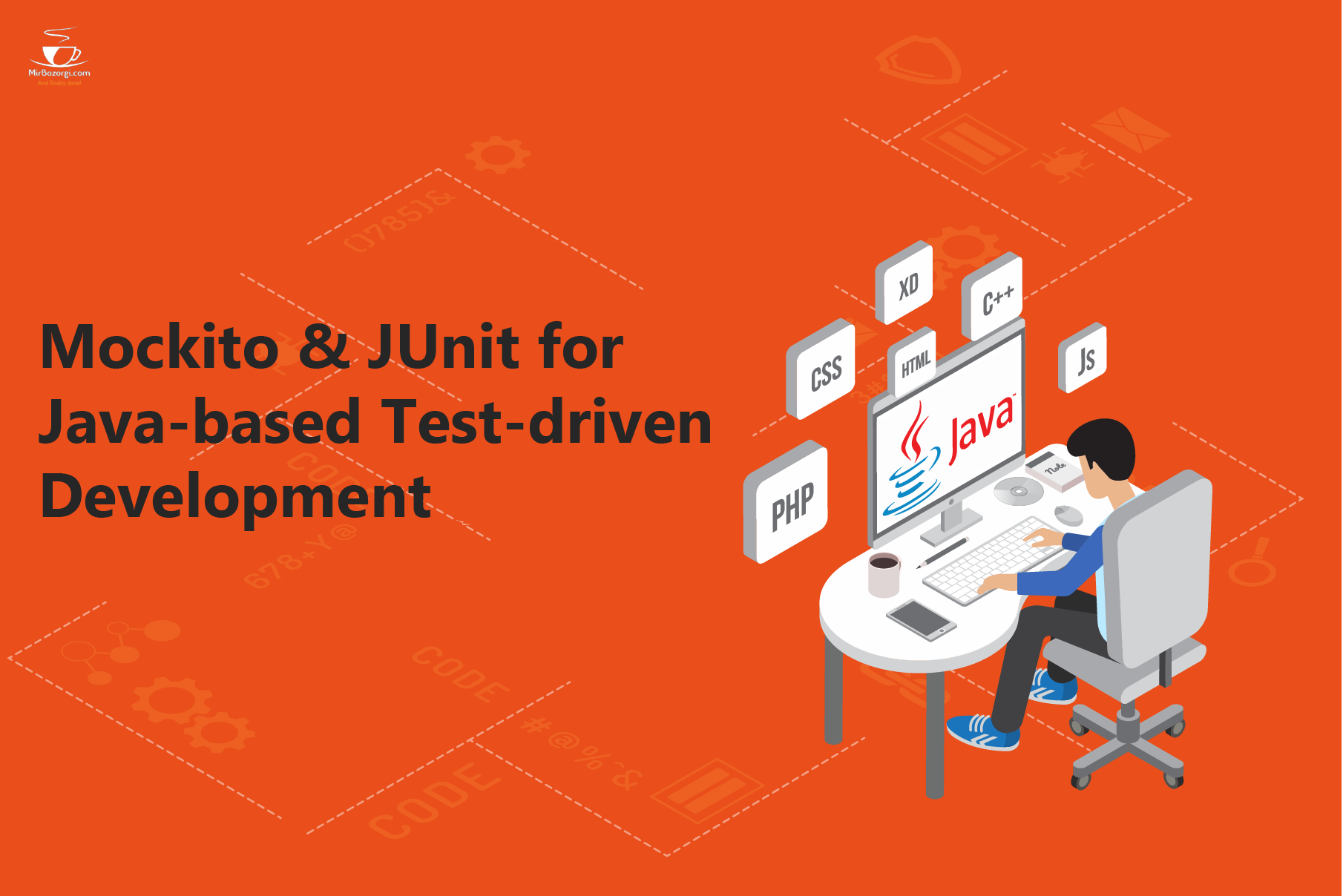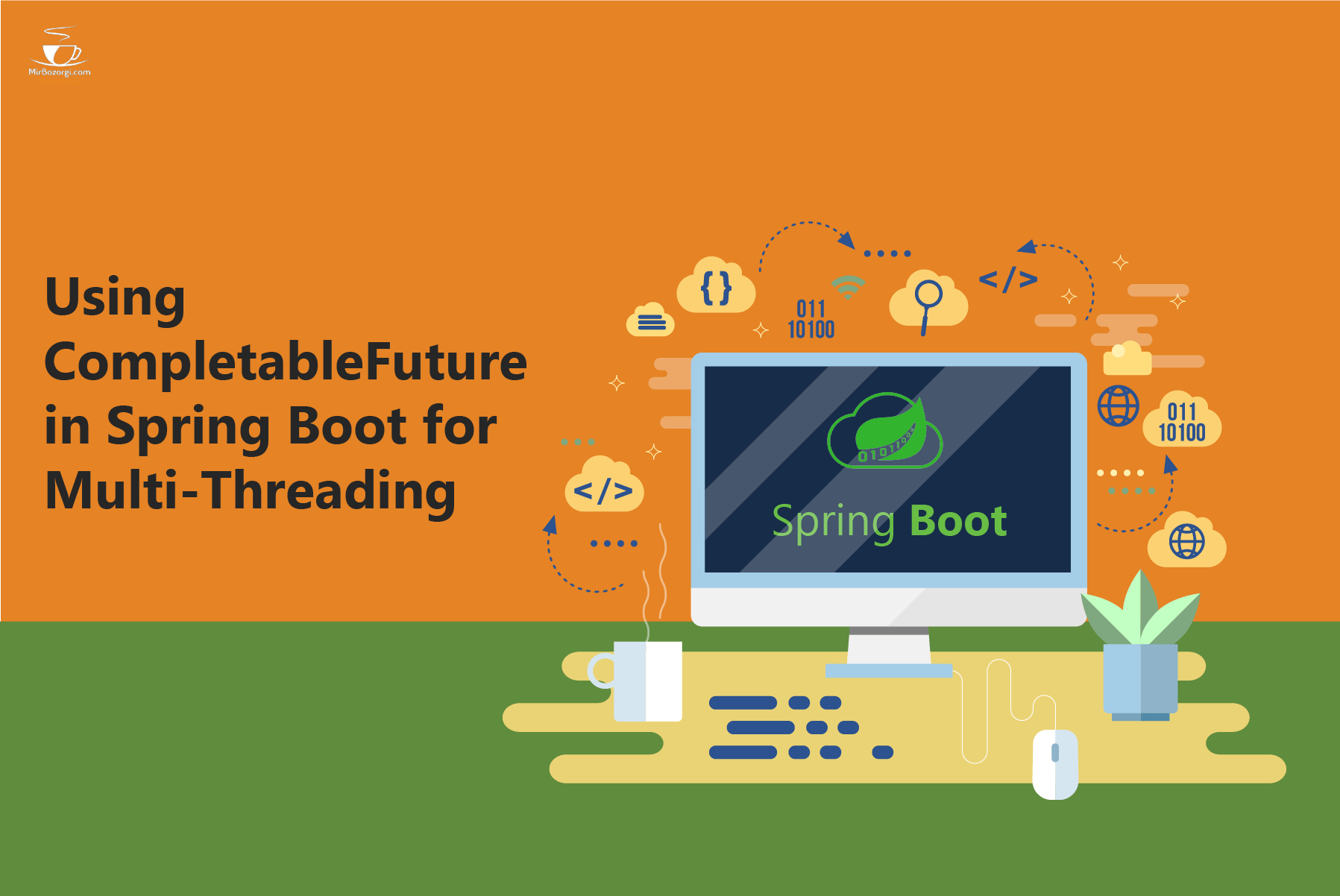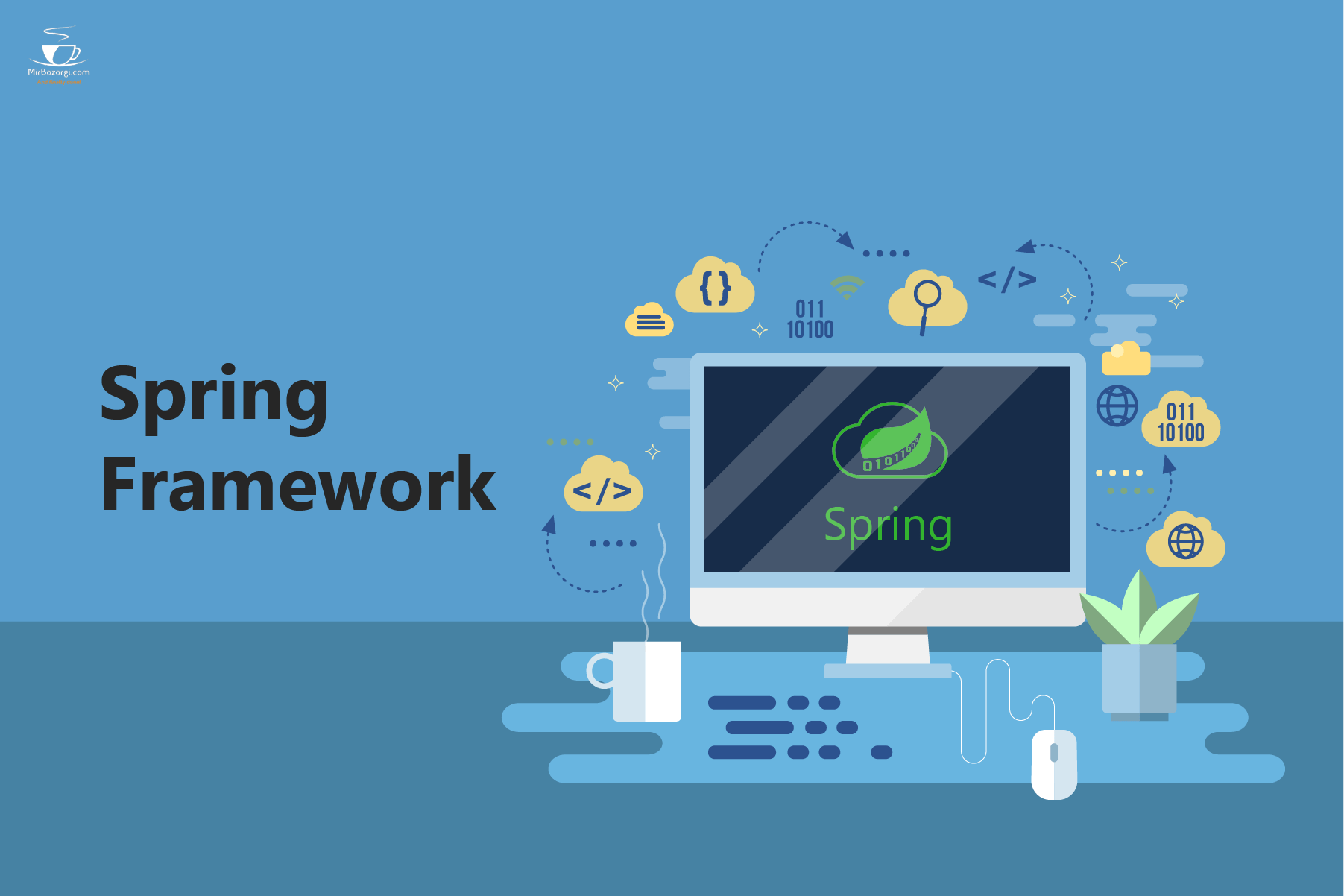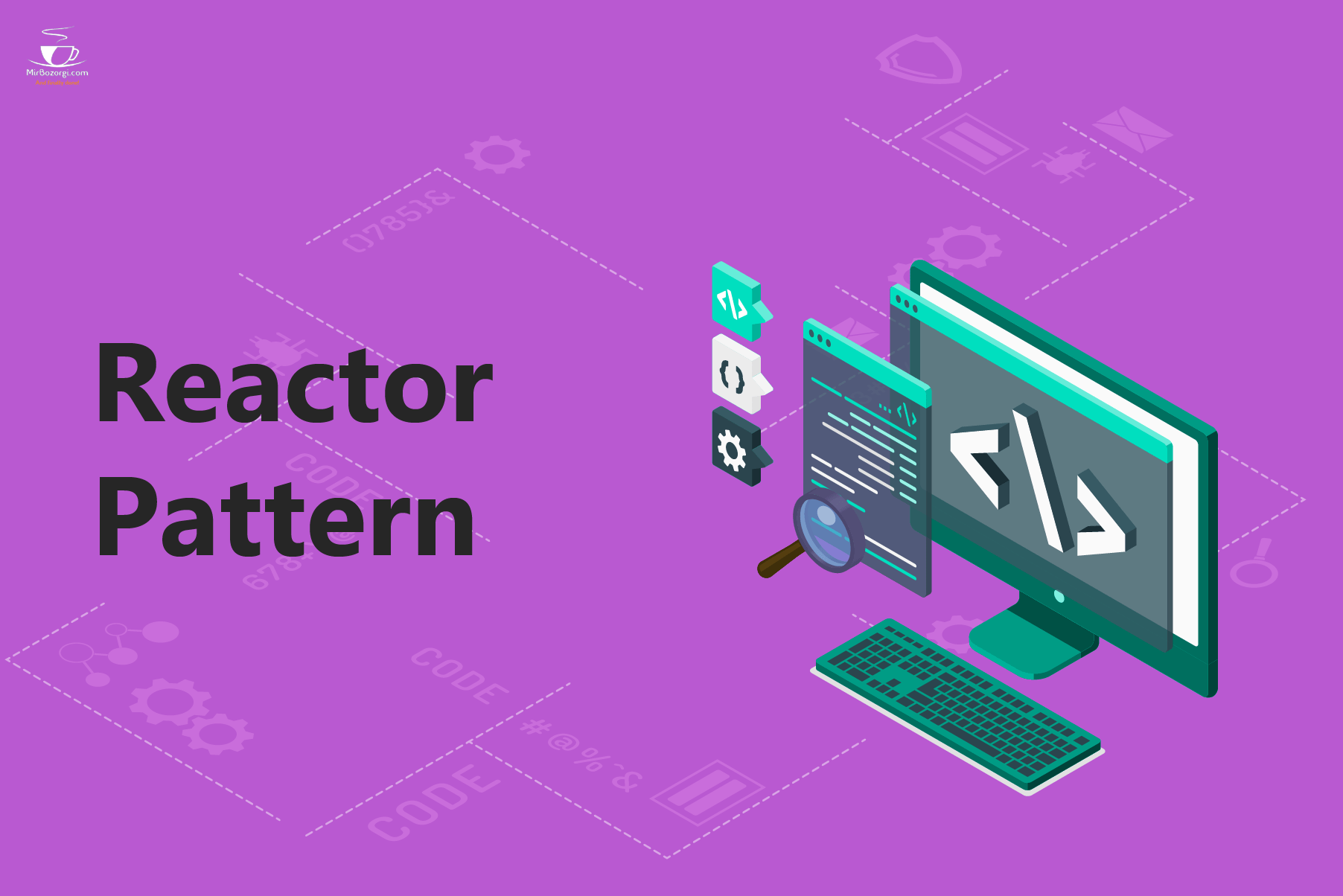What you read in this article:
Microservices Testing Strategies
I’m Arsalan Mirbozorgi and,
Microservice testing methodologies are discussed in this article. Take a look at how to test layered structures better.
Introduction
It is possible to have a large number of microservices participating in any architecture. Any microservice is completely able to consume events from Kafka or an ActiveMQ topic, save the data in the Database (both NoSQL and RDBMS) in one go, and then create the brand new enhanced event to another Kafka topic for other types of services to consume and begin its processing or invoking a different RESTful service entirely. It isn’t easy to write relevant test cases in the architecture. When it comes to testing, it is important to separate the various test cases in an application.
Testing Strategy
Layers L1, L2, and L3 are found on a pyramid. Any microservice architecture must have three completely different types of test cases, classed as L1 (the first layer), L2 (the second layer), and L3 (the third layer). These layers are simply for our visualization, so don’t try to make packages for each one of them; let’s study them in detail.

Pyramid
L1 – Microservices Testing Strategies
It is necessary for developers working on Layer-1 / L1 to identify and test the code classes that contain the greatest amount of business logic when constructing the layer. To accomplish this, developers should compile a list of such classes and write test cases for each of them; the only rule I followed was to avoid mocking anything; these are the simplest test cases possible, with only basic assert statements to ensure that all business logic functionalities are covered.
L2 – Microservices Testing Strategies
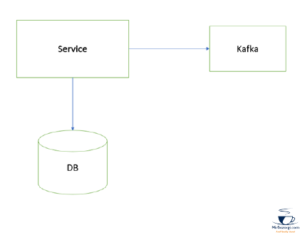
L2
Suppose a service that puts the records into the database and generates a new Kafka topic enriched event is considered.
Mocking all external components like databases, Kafka, and RESTful services is what we’ll do in Layer-2 / L2. When utilizing SpringDataJPA in the SpringBoot application, mocking the database meant mocking the repositories. The L2 test case is summarized in the following code.
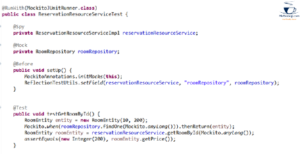
Code
Using a fake RoomRepository, we built our test case around it.
L3 – Microservices Testing Strategies
Finally, it’s time to tackle L3, the most challenging test case in the Pyramid. When it comes to microservices design, I believe that including integration tests in the service itself is not a smart idea for a couple of reasons.
As a result of integration tests, the time it takes to design and deploy a service has increased significantly.
As a result of any external component going down, which might be a database or any other restful services that our service relies on, our Integration test case will fail, and our Build will be unable to proceed, resulting in a complete failure of the project’s build.
To keep track of integration test cases, an automation integration test suite should be utilized as a separate service from the rest of the integration test cases in the integration test suite. This service should be maintained by both quality assurance and development teams, and the development of an automation test case should be included in the acceptance criteria for this service. Integration tests, in my opinion, play a unique function in the software development process. They may also be extremely useful in debugging any problems that may arise in the real world.
Conclusion – Microservices Testing Strategies
It is crucial to concentrate on establishing effective test cases while developing a microservices architecture rather than flooding the application with worthless test cases in order to maintain a high code coverage percentage. In addition to designing test cases that will be useful throughout the process, the test cases should be written in an elegant manner so that any newcomer to the team may grasp the application simply by glancing at the test cases.



